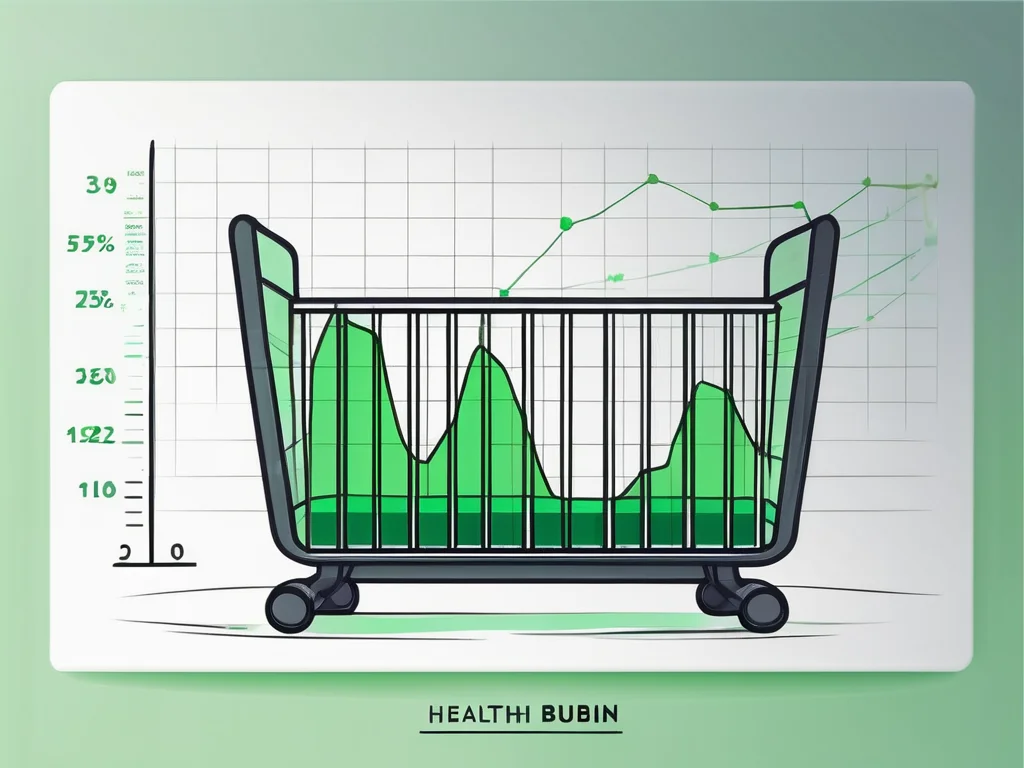Monitoring bilirubin levels in newborns is critical during the first few days of life to ensure their health and prevent complications like jaundice. Bilirubin, a yellow pigment produced during the breakdown of red blood cells, can accumulate in newborns due to their immature livers, potentially leading to health issues if not properly managed. This blog provides a concise, easy-to-understand guide on bilirubin’s role, normal levels, jaundice risks, and effective monitoring methods for newborns. Whether you’re a parent or caregiver, understanding these aspects can help safeguard your baby’s well-being.
What Is Bilirubin and Why Is It Important for Newborns?
What is bilirubin in newborns?
Bilirubin is a yellow pigment formed when red blood cells break down. In newborns, the liver, which processes and eliminates bilirubin, is still developing, leading to higher bilirubin levels compared to adults. This can sometimes cause jaundice, a condition marked by yellowing of the skin and eyes.
Why is bilirubin significant for infant health?
Bilirubin acts as an antioxidant, protecting newborn cells and supporting nervous system development. However, excessive bilirubin can lead to jaundice, which, while often harmless, may cause complications like kernicterus (brain damage) if levels become too high. Monitoring bilirubin ensures levels stay within a safe range, promoting healthy growth.
How Is Bilirubin Produced and Eliminated in Newborns?
How does bilirubin form in babies?
Bilirubin is produced when hemoglobin in red blood cells breaks down, releasing heme. The spleen and liver convert heme into bilirubin, which binds to albumin in the bloodstream and is transported to the liver for processing. This process is essential for managing waste in the body.
How do newborns eliminate bilirubin?
The liver transforms bilirubin into a water-soluble form, excreting it as bile into the intestines, where it’s eliminated in stool. In newborns, this process is slower due to an immature liver and digestive system, increasing the risk of bilirubin buildup. Breastfeeding aids elimination by promoting gut motility, helping excrete bilirubin through stool.
What Are Normal Bilirubin Levels in Newborns?
What is a safe bilirubin level for newborns?
Normal bilirubin levels in full-term newborns are typically below 5 mg/dL, though they may rise slightly in the first few days due to physiologic jaundice—a normal process. Premature infants often have higher levels due to less developed livers. Levels exceeding safe thresholds may indicate pathological jaundice, requiring medical attention.
What factors affect bilirubin levels?
Several factors influence bilirubin levels, including:
- Breastfeeding: Breastfed babies may have slightly higher levels due to lower calorie intake or slower bowel movements.
- Blood type incompatibility: If the mother is Rh-negative and the baby is Rh-positive, maternal antibodies can break down the baby’s red blood cells, raising bilirubin.
- Prematurity or low birth weight: These increase the risk of higher bilirubin levels.
- Underlying conditions: Issues affecting red blood cells or liver function can elevate levels.
Regular monitoring helps identify and address these factors to maintain healthy bilirubin levels.
What Is Newborn Jaundice and Its Risks?
What causes jaundice in newborns?
Jaundice occurs when excess bilirubin accumulates, causing yellowing of the skin and eyes. It’s common in newborns due to their livers’ limited ability to process bilirubin efficiently. Jaundice typically starts on the face and may spread to the chest, abdomen, and limbs.
What are the symptoms and risks of high bilirubin?
Symptoms include yellow skin/eyes, poor feeding, lethargy, and a high-pitched cry. If untreated, severe jaundice can lead to kernicterus, a rare but serious form of brain damage. Early detection through monitoring can prevent these complications, ensuring timely intervention.
How to Monitor Bilirubin Levels in Newborns Effectively
How are bilirubin levels tested in infants?
Bilirubin levels are measured using:
- Transcutaneous bilirubinometer: A non-invasive device placed on the skin to estimate bilirubin levels.
- Serum bilirubin test: A blood sample, usually from the baby’s heel, provides precise measurements.
These tests help healthcare providers assess bilirubin levels accurately and decide if treatment, such as phototherapy, is needed.
How often should bilirubin levels be checked?
The frequency of testing depends on the baby’s risk factors, such as prematurity, jaundice symptoms, or blood type incompatibility. Healthcare providers typically monitor levels closely in the first few days of life. If levels are normal, further tests may not be required. However, babies with rising levels or visible jaundice need more frequent checks to prevent complications.
What treatments are available for high bilirubin?
- Phototherapy: Uses special lights to break down bilirubin in the skin.
- Blood transfusion: In severe cases, this replaces the baby’s blood to lower bilirubin levels quickly.
- Improved feeding: Encouraging frequent breastfeeding or formula feeding helps eliminate bilirubin through stool.
Why Monitoring Bilirubin Levels Matters for Newborn Health
Monitoring bilirubin levels in newborns is a vital part of early healthcare. Elevated levels, if left unchecked, can lead to jaundice and, in rare cases, severe complications like kernicterus. By understanding bilirubin’s role, normal ranges, and testing methods, parents and caregivers can work with healthcare professionals to ensure timely interventions. Regular checks, especially in the first week of life, help detect issues early, allowing for treatments like phototherapy or improved feeding practices to maintain safe bilirubin levels.



